We designed an umbrella that is durable and easier to repair.
Small and cheap umbrellas are ubiquitous. They also break so easily they’re almost considered disposable. How can we improve that?
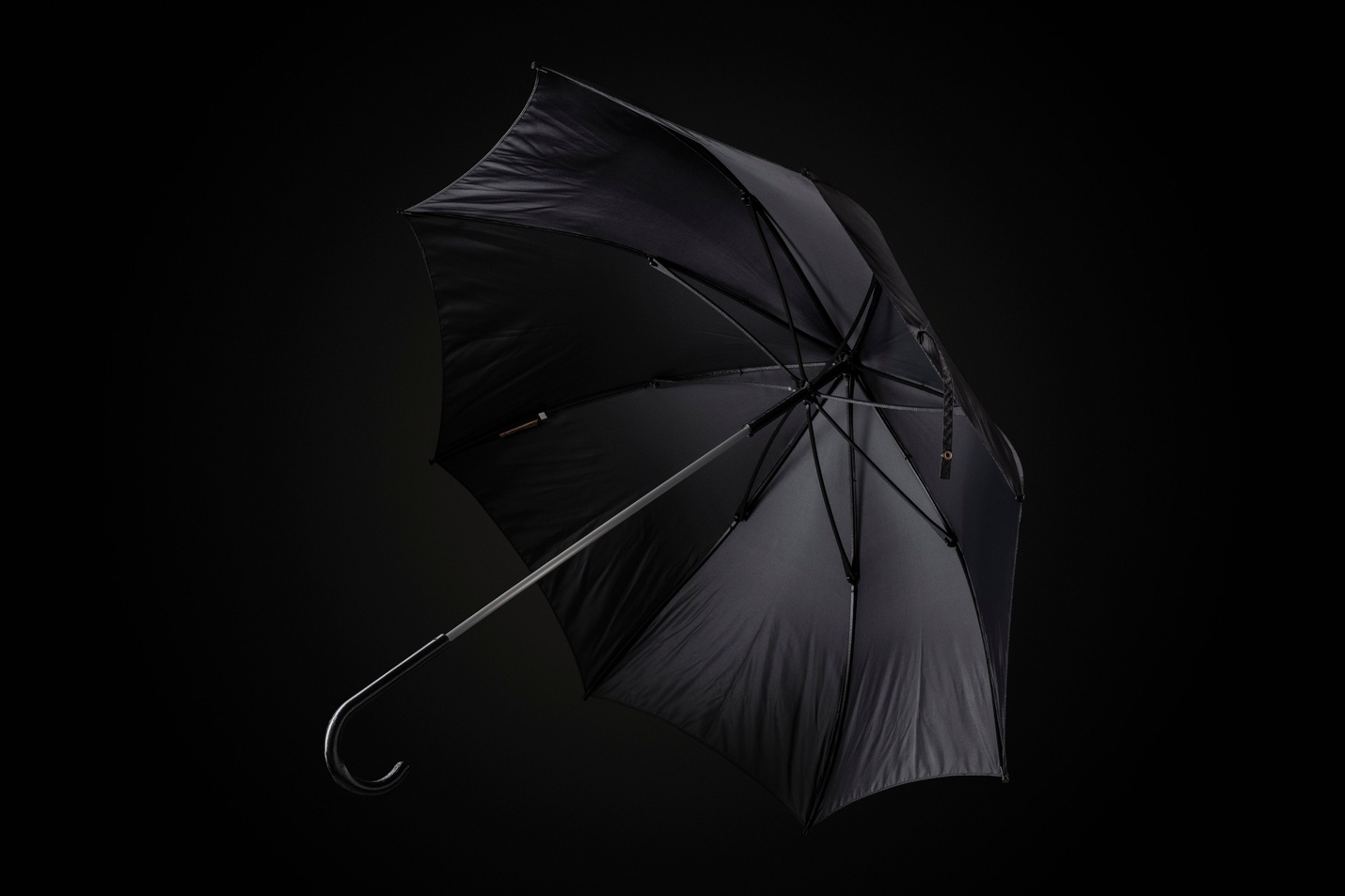
We set out to redesign the umbrella
We started with a blank canvas: what are the issues? Why so many umbrellas end up in landfills within less than a year? Being such a standardized and mundane product, often sold for next to nothing at streets’ corners when it rains, one wouldn’t expect to find much room for improvement — after all, we’re so used to the fragility and disposable nature of such umbrellas we’re OK when we forget one at a restaurant’s entrance.
But as designers, we saw an opportunity. A possibility to sit at the drawing board again and reconsider every element and every choice.
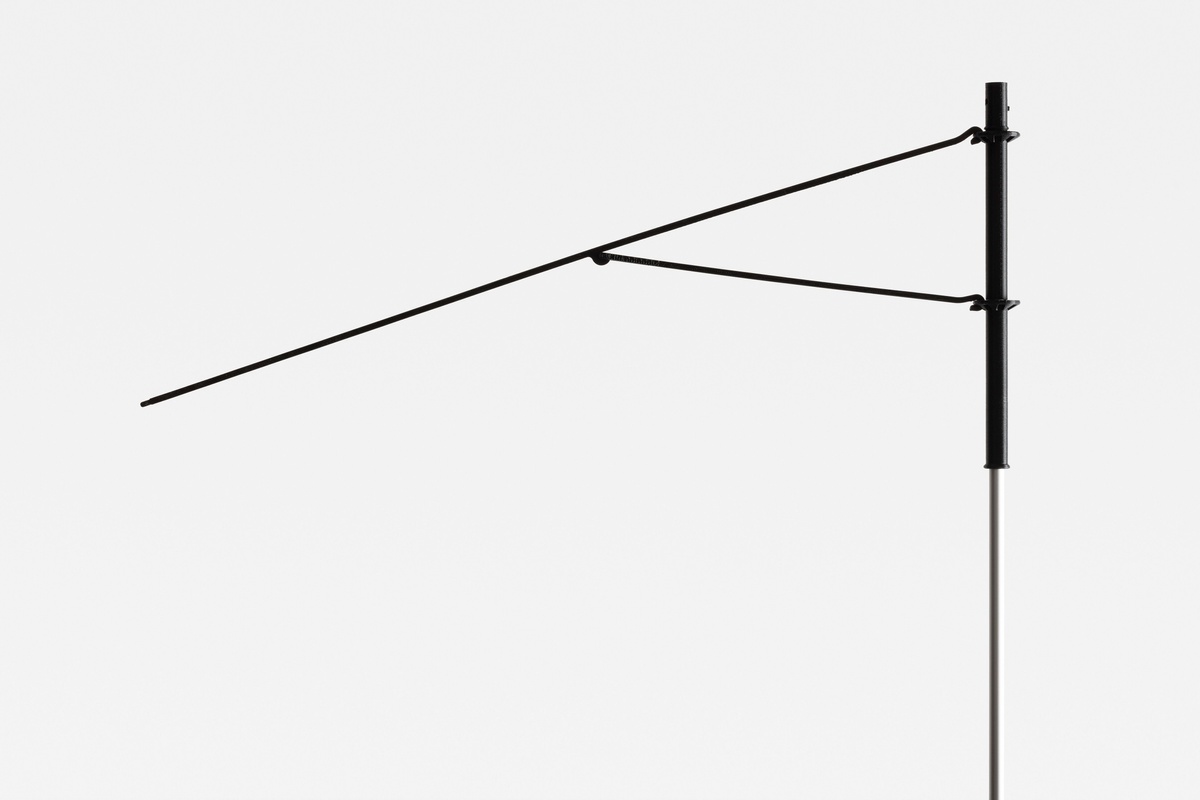

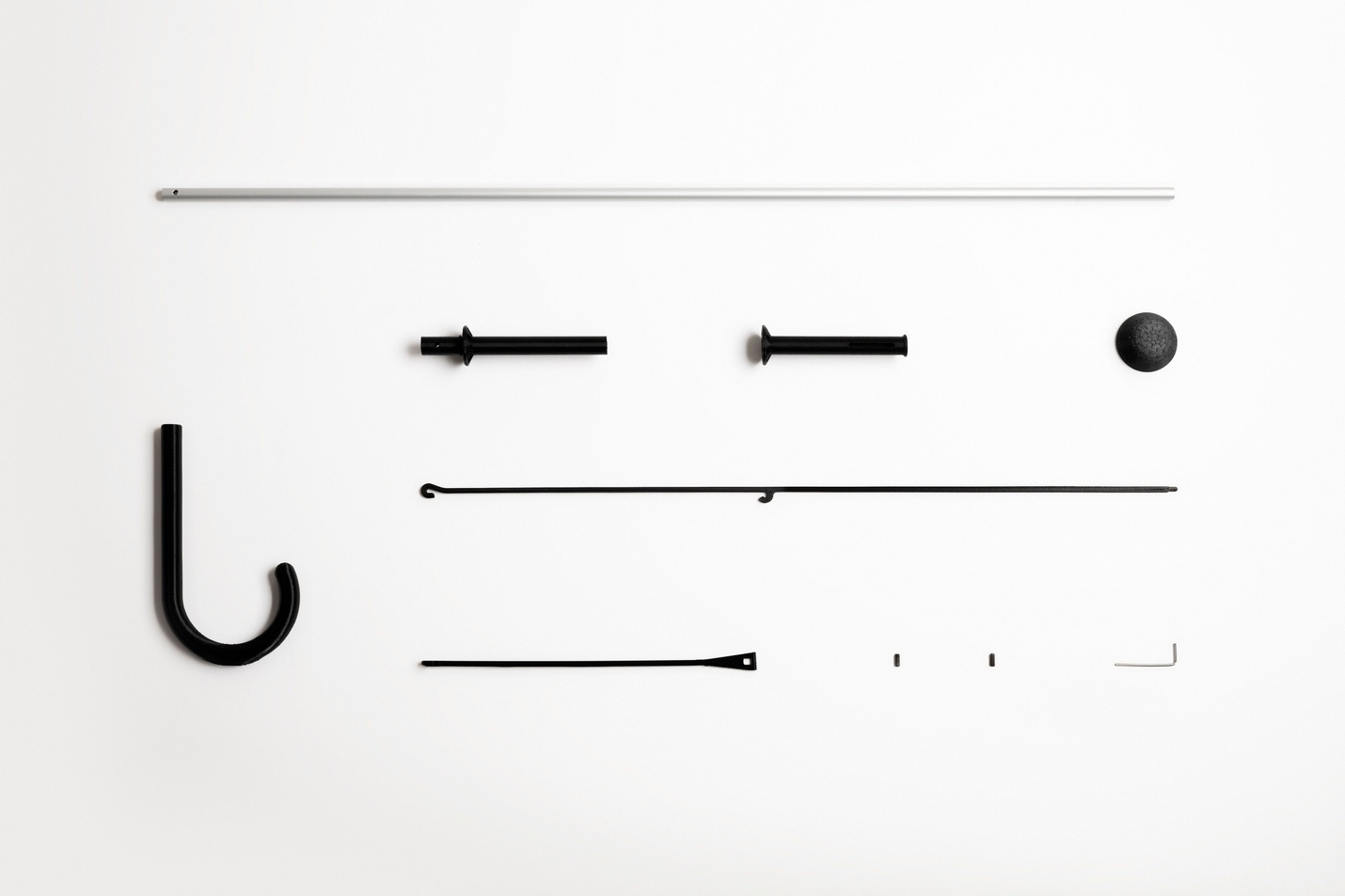
Ombrellificio Torinese is a historic workshop in Torino: they produced and repaired umbrellas for generations. We contacted them and asked: what’s wrong with umbrellas?
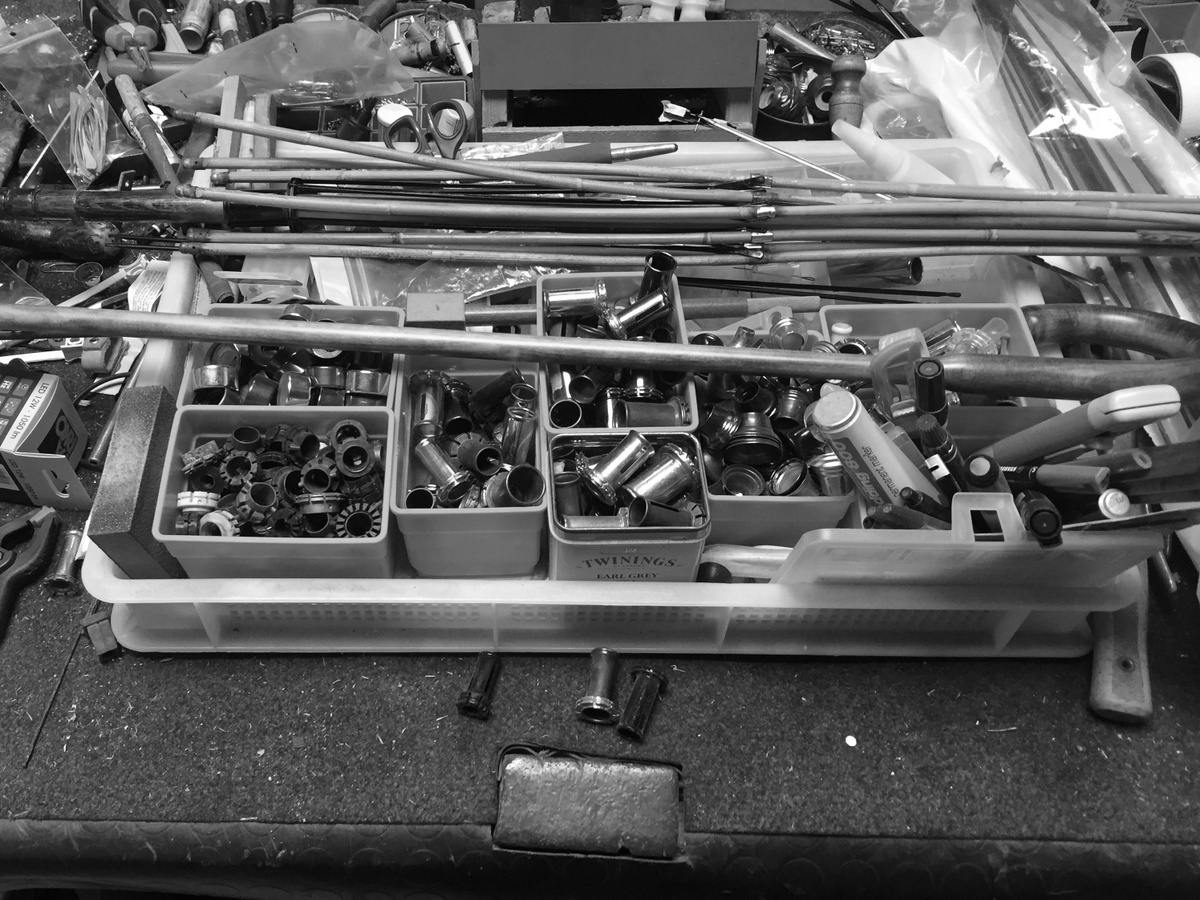

Involving experts in the design process
We asked Carlo from Ombrellificio Torinese why umbrellas have so many durability issues. We discovered that the most fragile parts of the mechanism are the joints. They’re very small and so very difficult to repair — as such, most of the time the cost of reparation is just not worth the hassle. Also, one broken joint makes the whole mechanism worse, more difficult to open and close. Throwing away the broken umbrella and buying a new one is the cheaper option here.
Umbrellas on the market today aren’t meant to be repaired. So if an umbrella can’t be repaired it should at least be recyclable: but they aren’t even made to be recycled. Lots of effort and goodwill is required to disassemble an umbrella, sometimes glued parts make the whole process even more difficult and time-consuming.


Next, we reached out to Appiani, one of the few Italian suppliers of umbrellas, to understand how the production of the mechanism works.
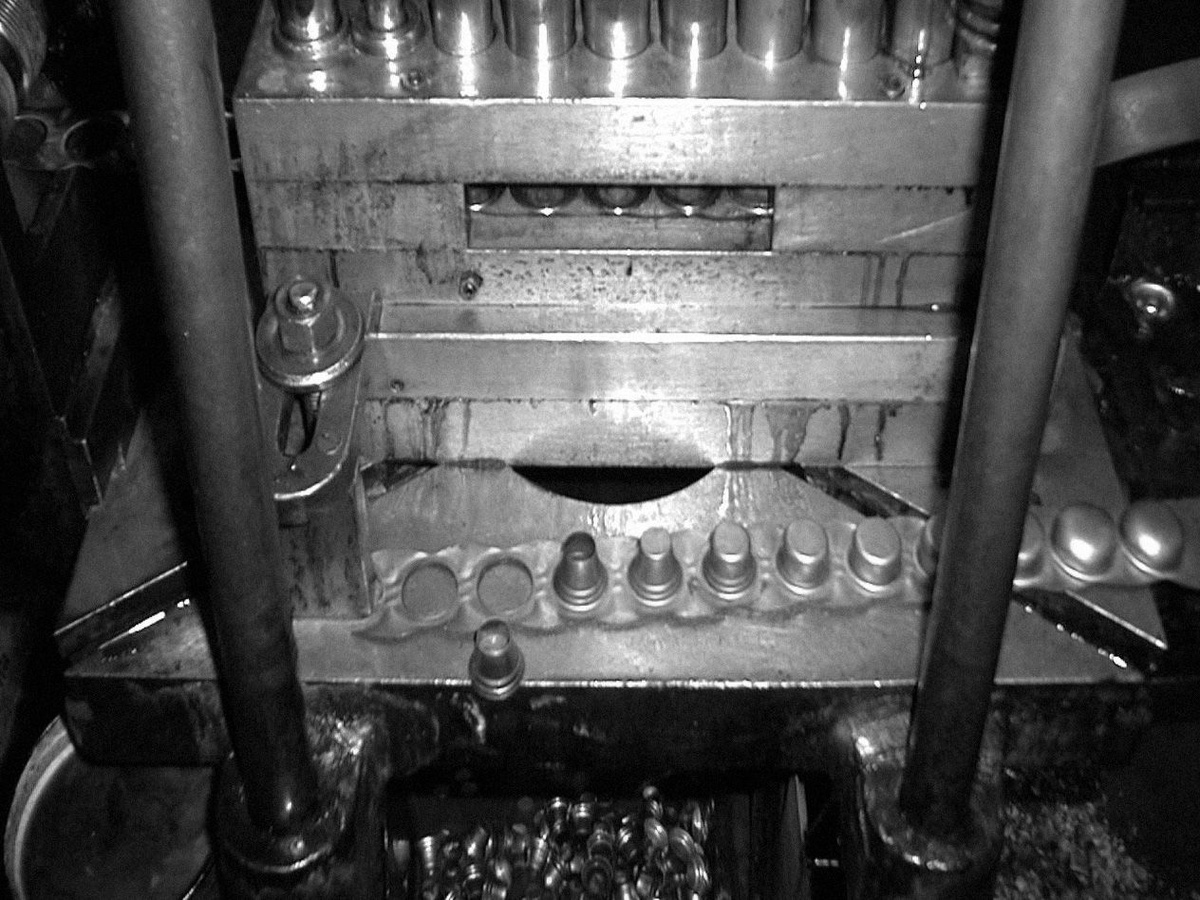

Assessing the state of the market
At Appiani we discovered cheap umbrellas feature almost zero margins to ensure a high volume of sales. Without margin, there’s no incentive to invest in innovation, and a project like the one we are envisioning requires a significant initial investment.
High-end brands on the other hand rely on “lean production”. This involves having a third-party supplier that produces, assembles, boxes, and ships the product to the final customer on behalf of the main brand. The owner of the “logo” can charge way more than the production cost of the unit, and thanks to more profit, is able to use better materials and selling more durable products with a longer life cycle.
Flexible technologies are required for this lean manufacturing to work, as the volume of production is low to medium.
Finally, we brought in Caracol. They’re experts in additive manufacturing and helped us to choose the right materials for the job.
Additive manufacturing
As the name implies, additive manufacturing builds the object by adding or layering material, a process that generates minimal waste and relies on existing machines, needing a low initial investment.
This is great for on-demand production and allowed us to use recycled materials. Our mechanism was going to be built with PET and be formed by resistant and reparable components, which once replace can go back into the economic cycle.
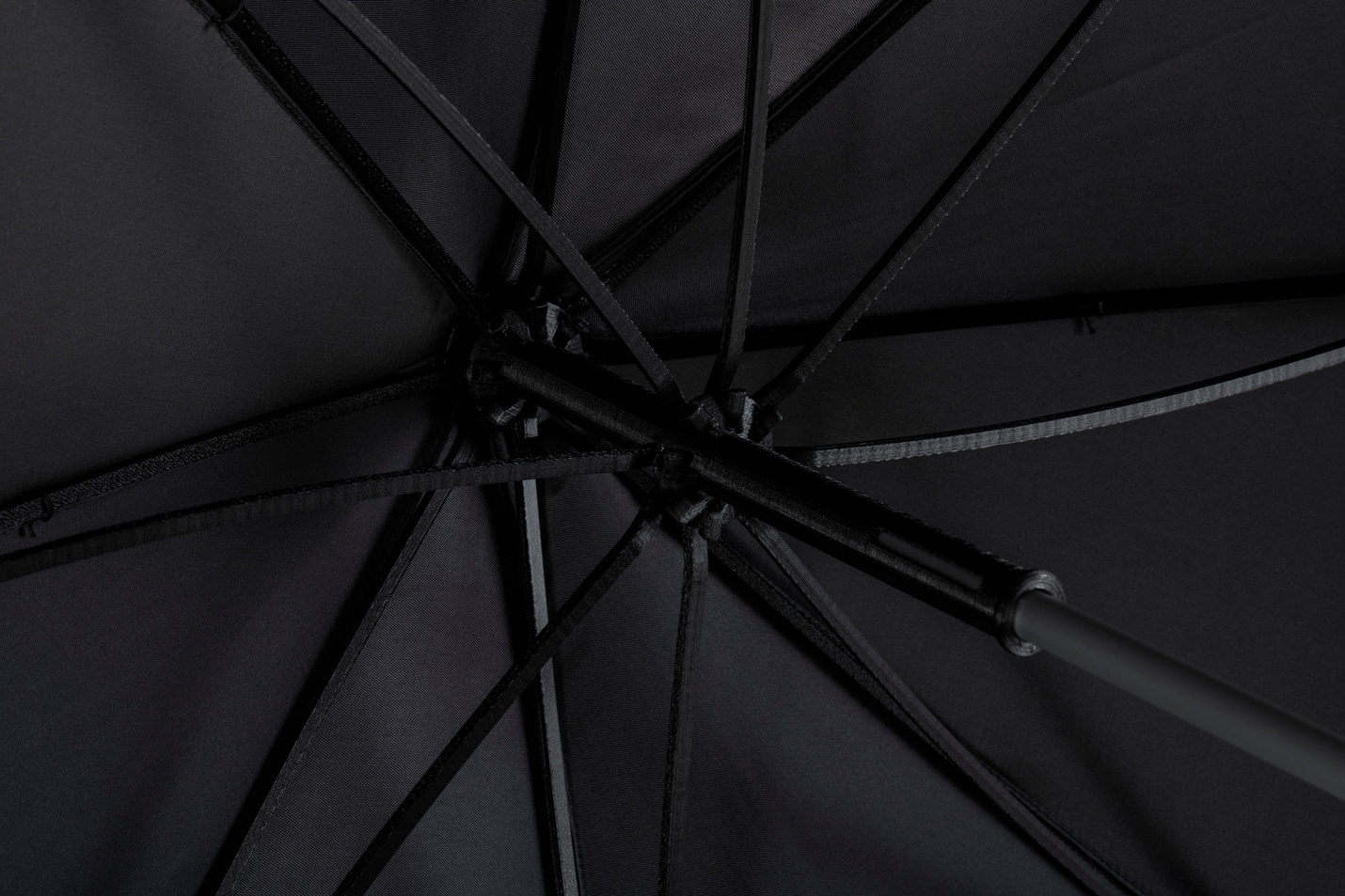
To improve the life cycle of an umbrella we had to design one that could be easily repaired, using parts that could be recycled.


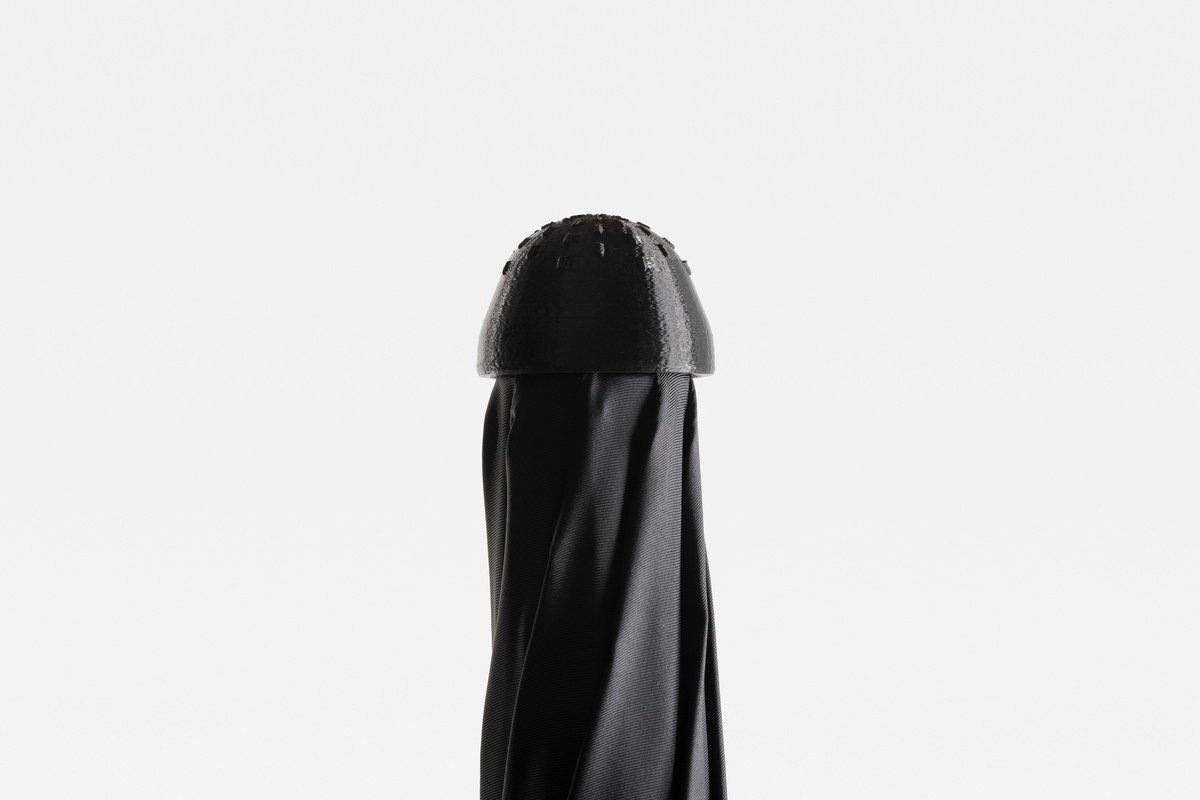
Back to the drawing board
As we now had gathered enough information, we could start with the actual product development process. We needed different joints for our umbrella, ones that could be repaired. We needed components that could be detachable from the whole umbrella to improve recyclability.
We couldn’t find anything like that from suppliers so we had to design our own mechanism.
Due to the peculiar nature of this task, we had to rely on a design-test-redesign process. We had to design and prototype an idea, then test it to find its critical flaws, and then designing new solutions to fix any remaining issues.
And then we finally got it.
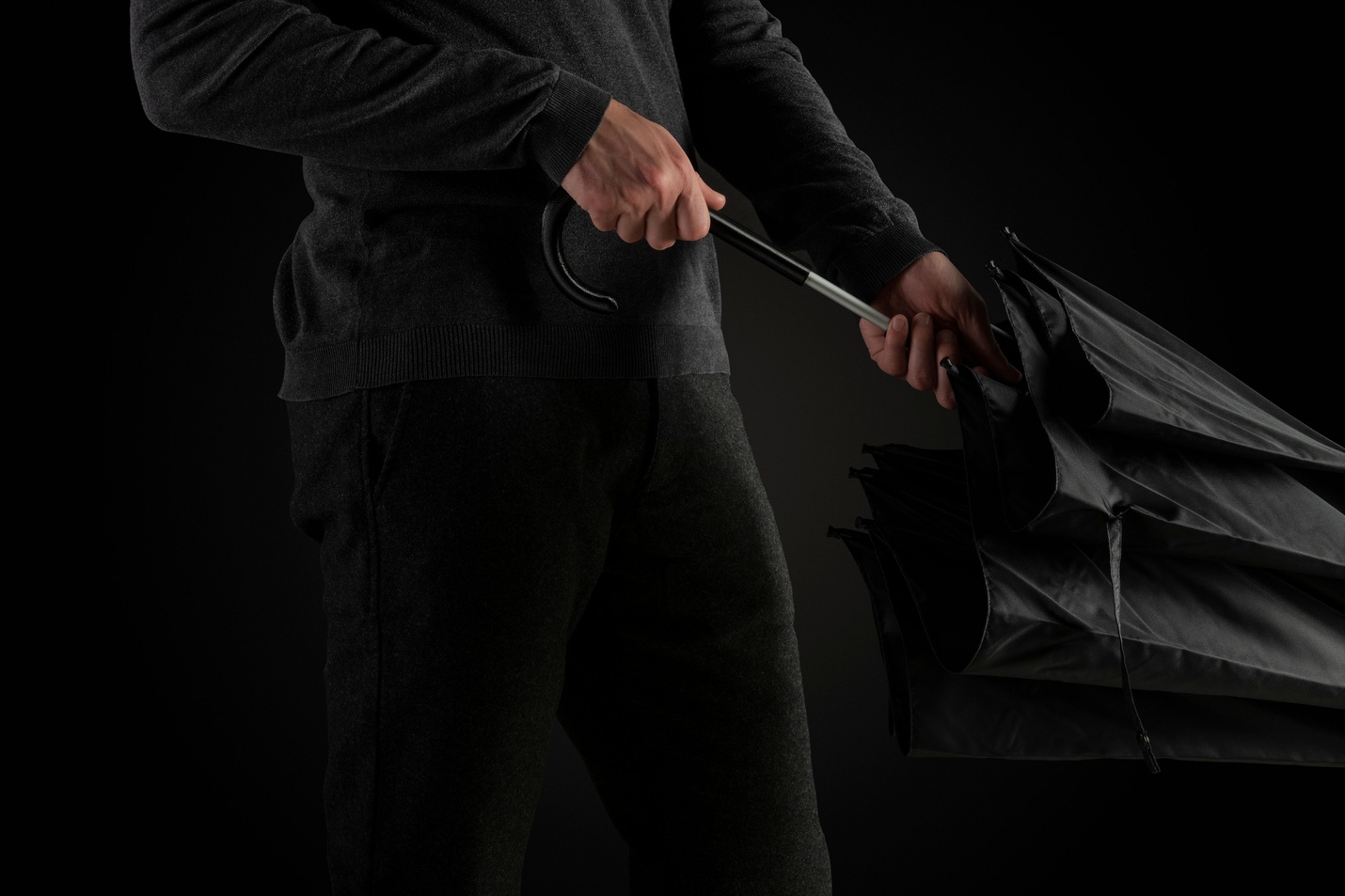


No glue. Just two screws. Everything is detachable and recyclable. An umbrella that lasts.
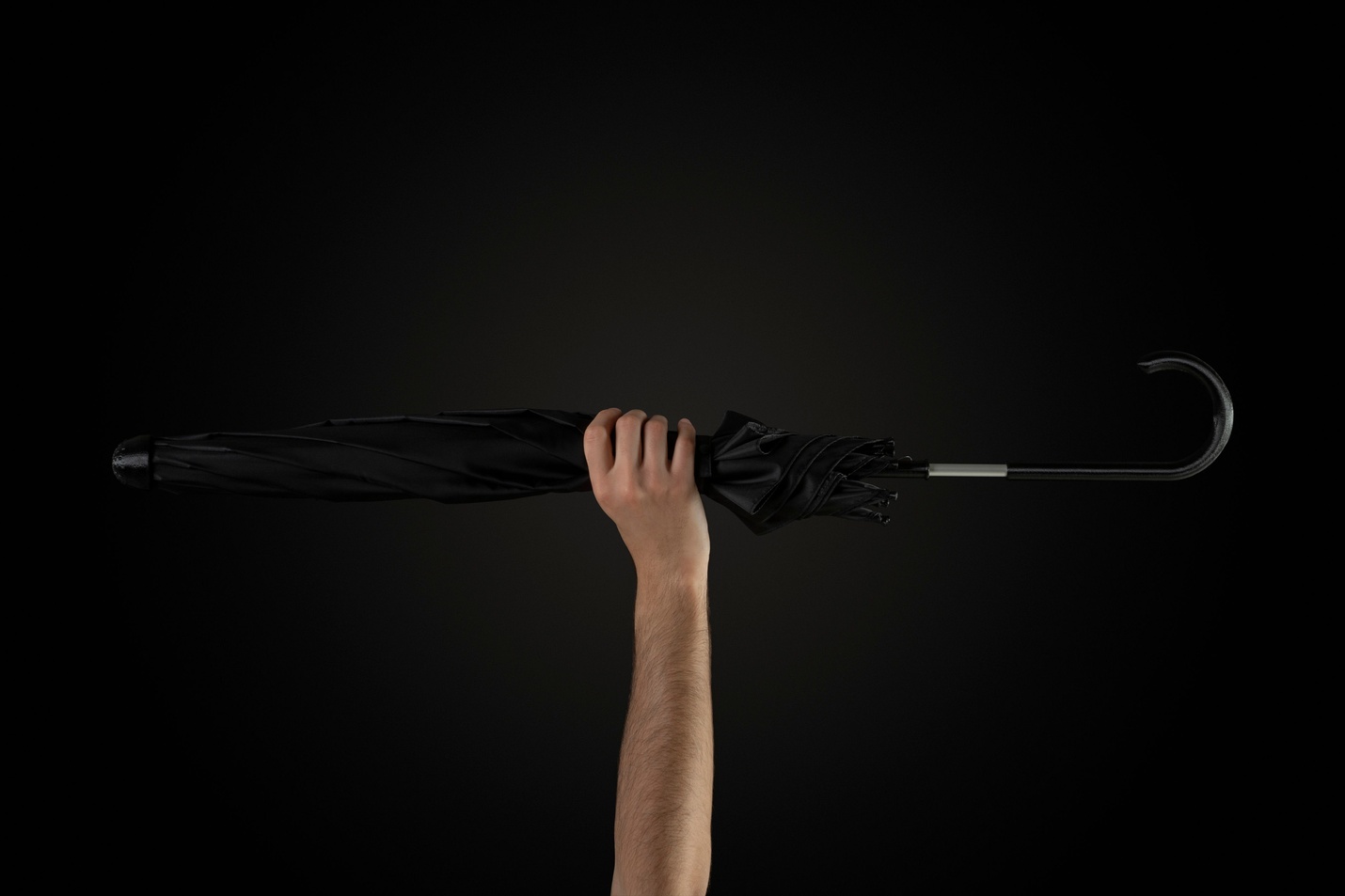
Endless repairability
In the end, we designed an umbrella that doesn’t use glue and doesn’t have permanent fixings. There are only two screws: one for the handle and one to tighten the entire mechanism. Joints can be easily detached and replaced.
Everything can be recycled. The bar is made of aluminum, the mechanism with PET plastic, and the cover with recycled textiles.
Everything can be repaired. A durable umbrella.
